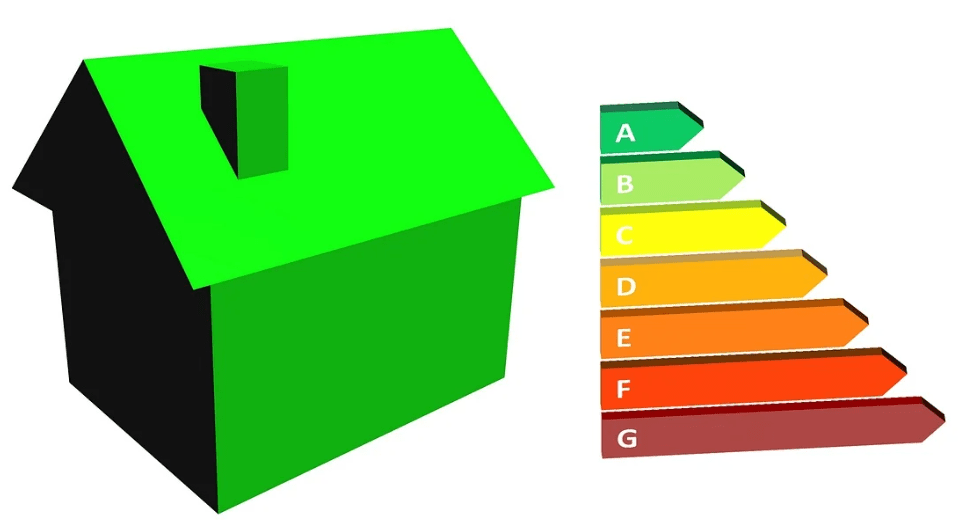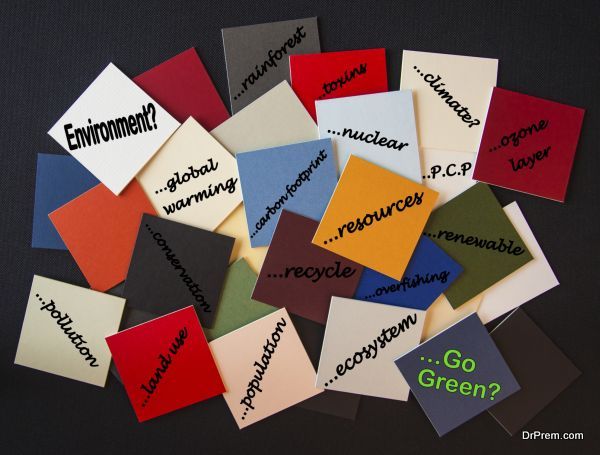Enhancing your home’s energy efficiency isn’t just about reducing your environmental impact—it’s also a smart way to cut down on rising energy costs. Across the UK, homeowners are looking for practical ways to keep their utility bills in check while maintaining a comfortable living space.
The good news? There are plenty of straightforward, cost-effective changes you can make to boost your home’s energy performance. Below, we explore 10 ways to make your home more energy-efficient, helping you save money while reducing waste.
1. Upgrade to a High-Efficiency Boiler
Your boiler plays a crucial role in your home’s energy consumption, with older models often being inefficient and expensive to run. Upgrading to a modern, energy-efficient boiler can significantly reduce your heating costs.
Brands like Worcester Bosch offer A-rated boilers that use less fuel while providing the same level of warmth. If you’re considering an upgrade, check out the guide on Worcester boiler prices and reviews to find the best option for your home and budget.
2. Improve Your Home’s Insulation
A well-insulated property retains heat more effectively, reducing the amount of energy needed to keep it warm. Poor insulation can lead to significant heat loss through walls, roofs, and floors.
Investing in loft insulation, cavity wall insulation, or external wall insulation can lower your heating costs by up to 25%. It’s a long-term solution that pays for itself over time.
3. Switch to LED Lighting
Traditional incandescent bulbs waste a lot of energy by producing unnecessary heat. Swapping them out for LED bulbs is a simple yet effective way to cut your electricity usage.
LEDs use up to 75% less energy and last far longer than conventional bulbs, making them a cost-effective choice in the long run.
4. Seal Draughts Around Windows and Doors
Small gaps around windows, doors, and floorboards allow heat to escape and cold air to creep in. Even minor draughts can increase your energy bills by making your heating system work harder.
Draught-proofing your home with weatherstrips, draught excluders, or sealant is a quick and inexpensive way to retain heat and improve comfort.
5. Install a Smart Thermostat
Smart thermostats have transformed how homeowners control heating. These devices allow you to programme heating schedules based on when you actually need warmth, reducing unnecessary energy usage.
Some smart thermostats even learn your daily routine and adjust automatically, helping to optimise energy efficiency without compromising on comfort.
6. Choose Energy-Efficient Appliances
Older appliances consume far more energy than modern, efficient models. Whether it’s your washing machine, fridge, or dishwasher, choosing energy-efficient appliances can lead to substantial savings over time.
Look for A++ or A+++ rated appliances to ensure they use minimal energy while delivering high performance. While the upfront cost may be higher, the long-term savings make it a worthwhile investment.
7. Consider Solar Panels
Installing solar panels allows you to generate your own electricity, reducing reliance on the grid and lowering your energy bills. While the initial investment can be high, there are government incentives and grants available to help offset costs.
Over time, solar energy can significantly cut your electricity expenses while reducing your carbon footprint.
8. Upgrade to Double or Triple Glazing
Windows are one of the biggest culprits for heat loss in a home. If you have single-glazed windows, a lot of warmth could be escaping, making your heating system work overtime.
Double or triple glazing provides excellent insulation, keeping heat in during winter and out during summer. If replacing windows isn’t an option, heavy curtains or window film can offer an additional layer of insulation.
9. Reduce Energy Waste with Power Strips
Leaving electronics plugged in, even when not in use, results in unnecessary energy consumption. Many devices continue to draw power even when switched off—commonly known as ‘phantom load’.
Using power strips allows you to easily disconnect multiple devices at once, preventing them from consuming electricity when idle. A simple change like this can lead to noticeable savings over time.
10. Upgrade Your Heating System
If your home relies on an outdated heating system, you could be using more energy than necessary. Upgrading to a modern system, such as a heat pump or underfloor heating, can significantly improve efficiency.
Heat pumps, in particular, are a sustainable option, as they extract heat from the air or ground rather than relying on fossil fuels. While they require an upfront investment, they offer long-term savings on heating costs.
Final Thoughts
Making your home more energy-efficient doesn’t have to be overwhelming. Small changes—like upgrading to LED lighting, sealing draughts, or using smart thermostats—can lead to significant savings over time.
If you’re looking for a more substantial impact, investing in insulation, an energy-efficient boiler, or solar panels will provide long-term financial and environmental benefits.
Every improvement, no matter how small, contributes to a more sustainable and cost-effective home. Start with the changes that fit your budget and work towards a greener, more energy-efficient future.




